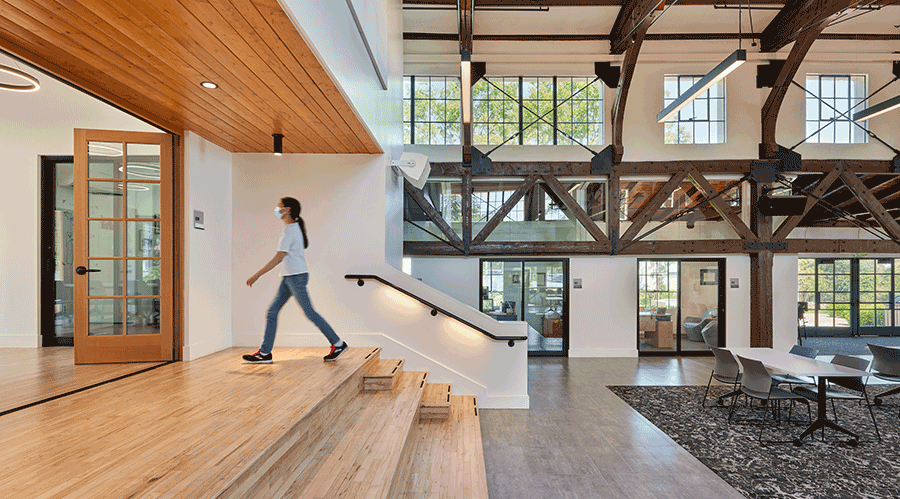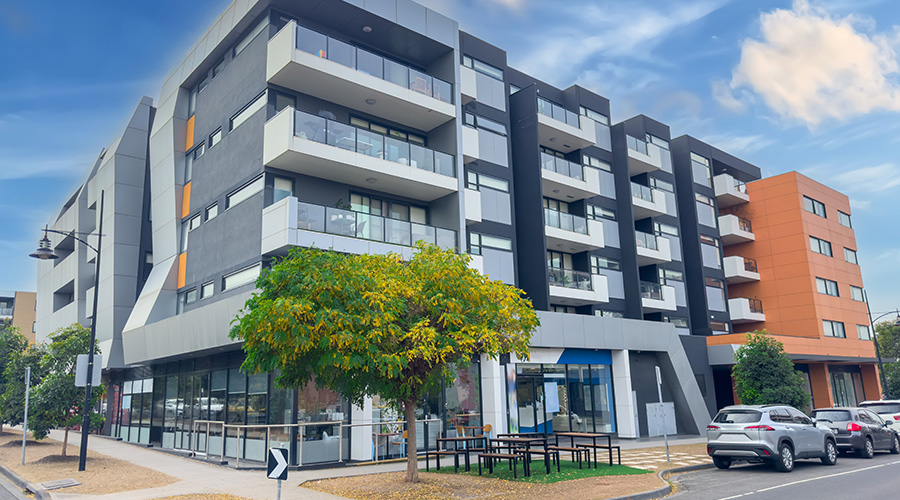Signs of a Slump: Architecture Billings Index Drops Nearly Five Points
In another sign of trouble in the commercial real estate market, the American Institute of Architects Architecture Billings Index (ABI) dropped precipitously in January.
In another sign of trouble in the commercial real estate market, the American Institute of Architects Architecture Billings Index (ABI) dropped precipitously in January.
As an economic indicator of construction activity, the ABI shows an approximate nine to twelve month lag time between architecture billings and construction spending. The American Institute of Architects (AIA) reported the January ABI rating was 50.7, down sharply from the 55.0 mark in December.
Every January the AIA research department uses a formula from the Department of Commerce that re-estimates ABI data based on seasonal factors resulting in a recalibration of recent figures.
Any score above 50 indicates an increase in billings. Inquiries for new projects was 59.5.
“Given the concerns about condition of the overall economy, coupled with a suffering housing market, it is not surprising to see a falloff in demand for architectural services,” says AIA Chief Economist Kermit Baker. “This is likely to affect firms that specialize in commercial and industrial projects the most because businesses are expressing growing anxiety over a potential recession and are cutting back on plans for expansion.”
January ABI highlights:
• Regional averages: Northeast (63.0), South (53.9), West (51.3), Midwest (49.3)
• Sector index breakdown: multi-family residential (55.4), commercial / industrial (54.5), institutional (51.7), mixed practice (51.3)
• Billings inquiries index: 59.5
The Architecture Billings Index is derived from a monthly “Work-on-the-Boards” survey and produced by the AIA Economics & Market Research Group. Based on a comparison of data compiled since the survey’s inception in 1995 with figures from the Department of Commerce on Construction Put in Place, the findings amount to an economic indicator that provides an approximately nine to twelve month glimpse into the future of nonresidential construction activity.
The diffusion indexes contained in the full report are derived from a monthly survey sent to a panel of AIA member-owned firms. Participants are asked whether their billings increased, decreased, or stayed the same in the month that just ended. According to the proportion of respondents choosing each option, a score is generated, which represents an index value for each month.
Related Topics:











